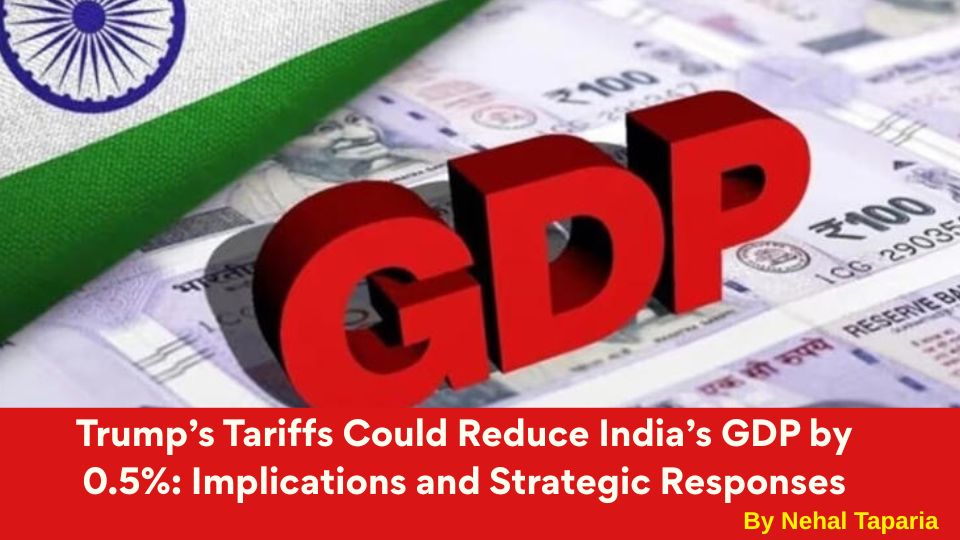India’s Crude Oil Imports Slide to Near 18-Month Low in July—What’s Behind the Drop and Why It Matters

India’s Crude Oil Imports Slide to Near 18-Month Low in July—What’s Behind the Drop and Why It Matters
Overview:
In July 2025, India's crude oil imports declined sharply—dropping 8.7% month-on-month to 18.56 million metric tons, marking the lowest level since February 2024 , . This trend comes amid weakening domestic demand, shifting global trade dynamics, and mounting geopolitical pressures.
Key Highlights:
Demand Weakening: Fuel consumption in July fell 4.3% month-on-month to 19.43 million tons .
Year-on-Year Trends: Crude imports were 4.3% lower compared to July 2024, while refined product imports dropped 12.8% and exports declined 2.1%.
Shift in Source Mix: Russian oil imports spiked interest due to discounted pricing, but fell 24.5% month-on-month to 1.5 million barrels per day due to reduced discounts and seasonal demand slowdown.
Diversification of Suppliers: State refiners appear to pivot away from Russian crude, increasing sourcing from Middle Eastern OPEC nations—raising their share to a five-month high.
Import Bill Relief: estimates that India’s oil and gas import bill fell to $9.4 billion in July from $11.4 billion a year ago .
What’s Driving the Decline?
Seasonal Monsoon Weakness: Reduced demand typical during monsoon dampened fuel consumption.
U.S. Tariff Pressure: Tariff threats tied to Indian imports of Russian oil may have led to cautious buying by refiners.
Commodity Shifts: With shrinking discounts on Russian grades, refiners turned to Middle Eastern and U.S. crude sources.
Market Impact: How This Could Influence India’s Economy
Sector Potential Effects
Energy & Refining Lower imports and import bill may reduce raw material costs for refiners; but weaker fuel demand could squeeze margins.
Macro-Economy Reduced fuel consumption may signal a demand slowdown, mildly dampening GDP and oil-related fiscal revenues.
Trade Balance A lower import bill eases pressure on the current account deficit—positive for external stability.
Geopolitical Strategy Reduced dependence on Russia in favor of diversified suppliers reflects strategic recalibration amid tariff risks.
Investors’ Sentiment While forex pressure and trade deficit risks ease, weaker fuel demand may constrain energy-linked sector performance.
Bottom Line:
July’s dip in crude oil imports—driven by lower domestic demand, changing supplier patterns, and trade tensions—offers mixed outcomes. While the economy benefits from reduced import bills and improved trade metrics, slowing fuel demand and sectoral disruptions may slow momentum in energy-linked industries.
By Nehal Taparia
This content is for educational and knowledge purposes only and should not be considered as investment or Trading advice. Please consult a certified financial advisor before making any investment or Trading decisions.
Our Recent FAQS
Frequently Asked Question &
Answers Here
Q: How significant was the drop in oil imports?
India's crude oil imports fell 8.7% from the previous month to 18.56 million metric tons—the lowest since February 2024 .
What happened to fuel usage and refined product trade?
Why did Russian oil imports decline so sharply?
Who are the other key suppliers now?
Did this impact the import bill?
Copyright © By Empirical F&M Academy. Design & Developed by Techno Duniya

.jpeg)
.jpeg)
.jpeg)

.jpeg)




